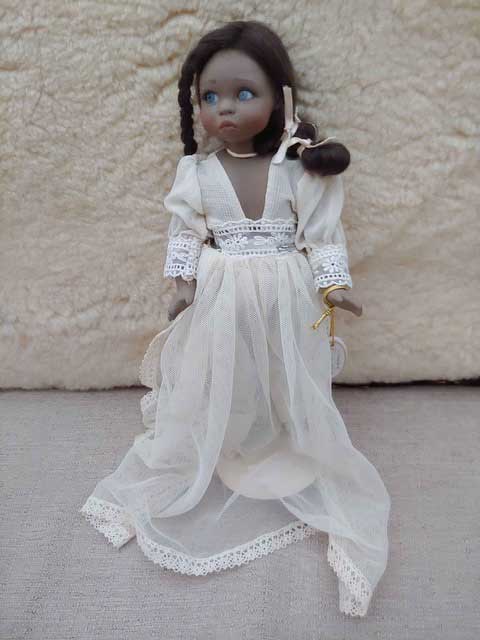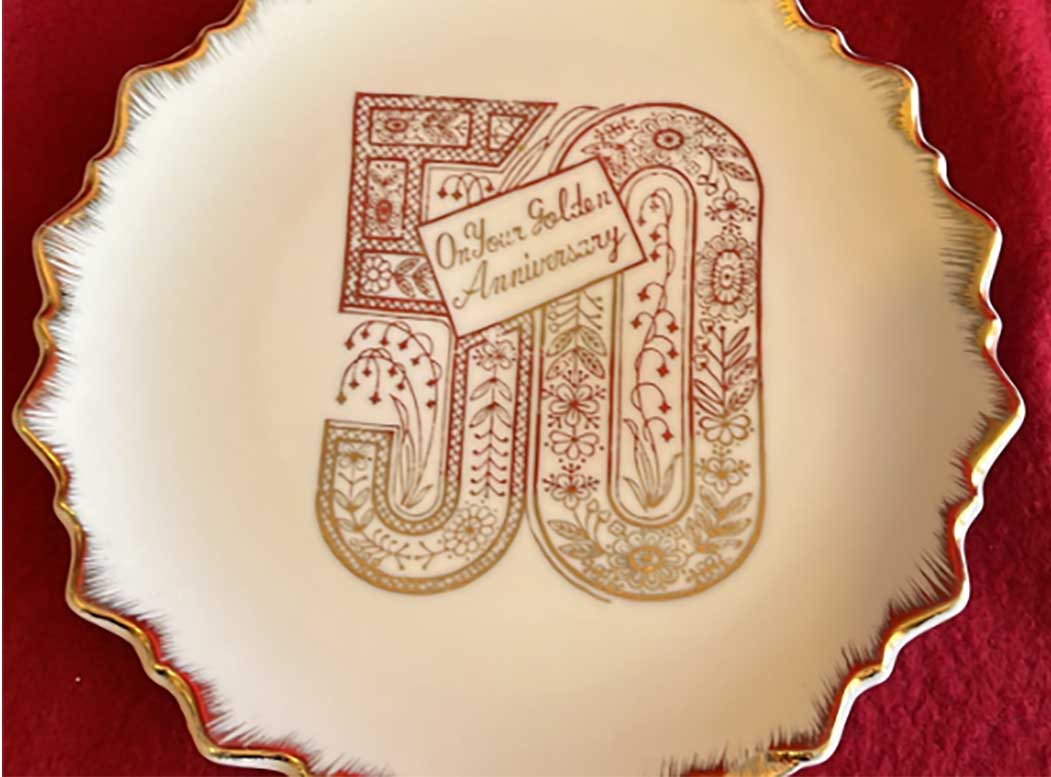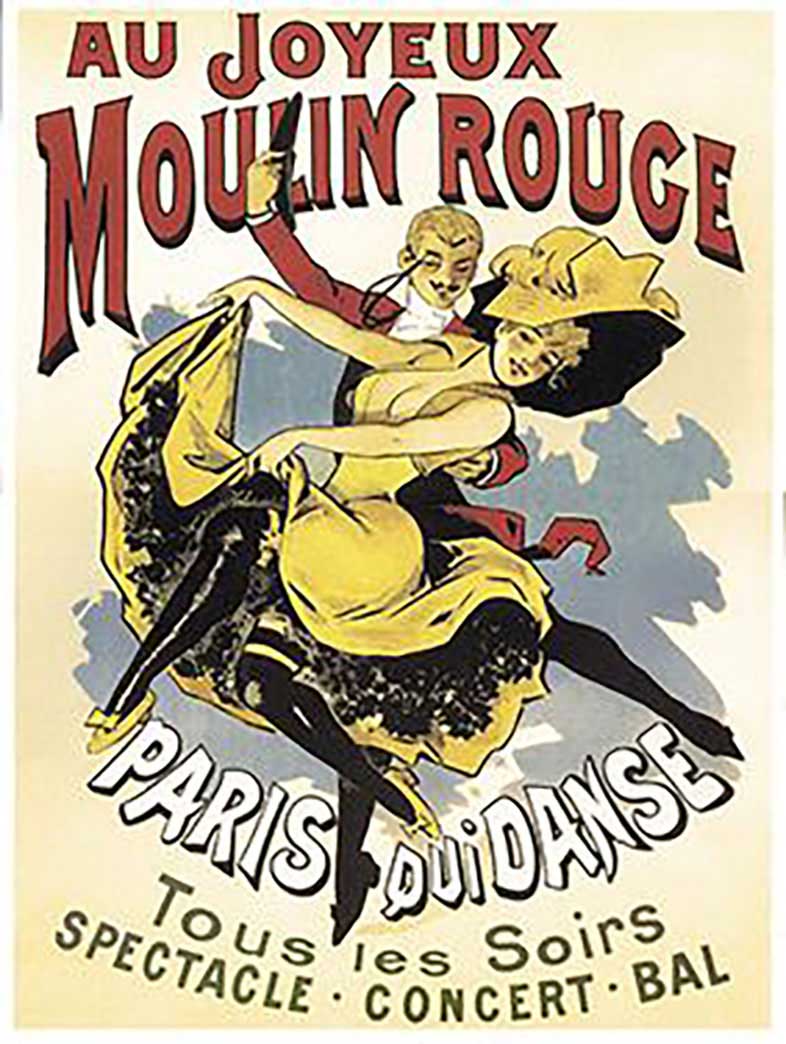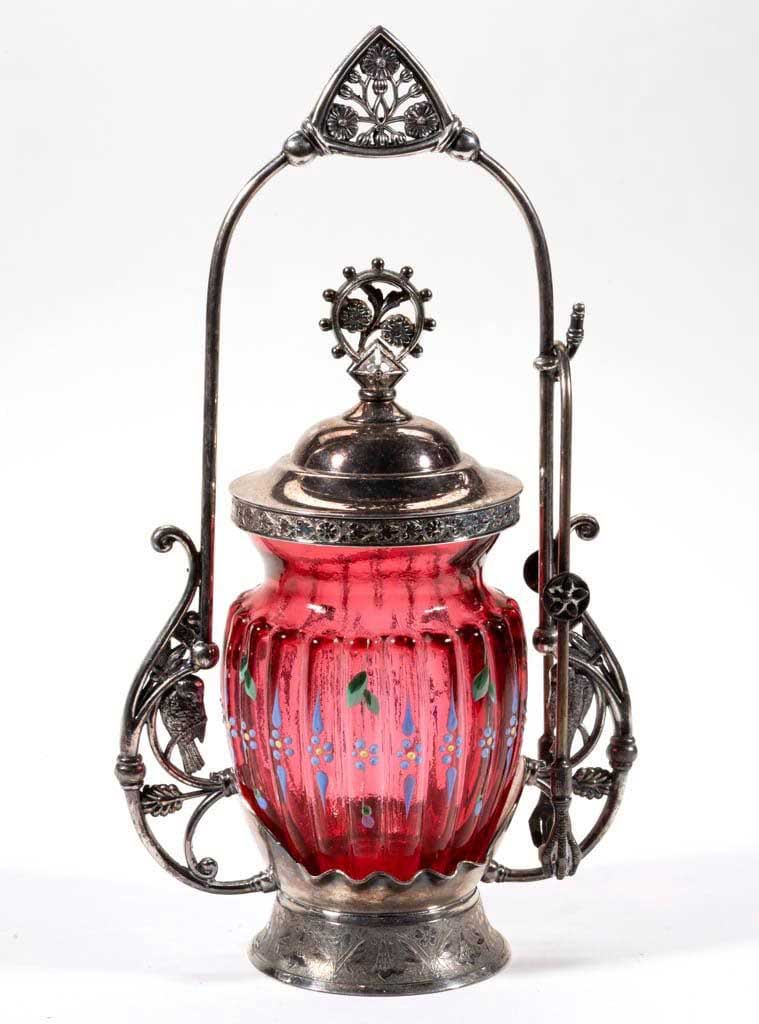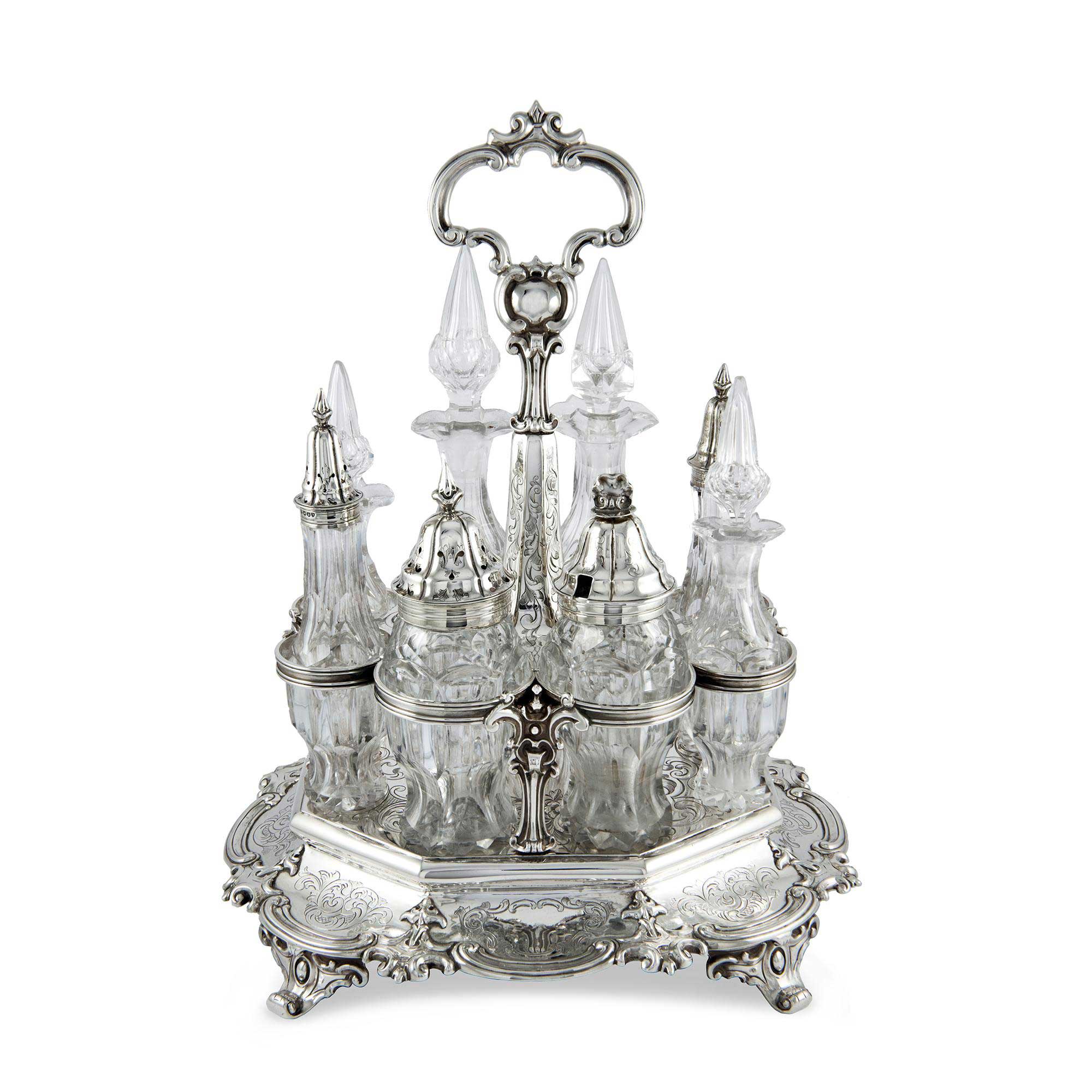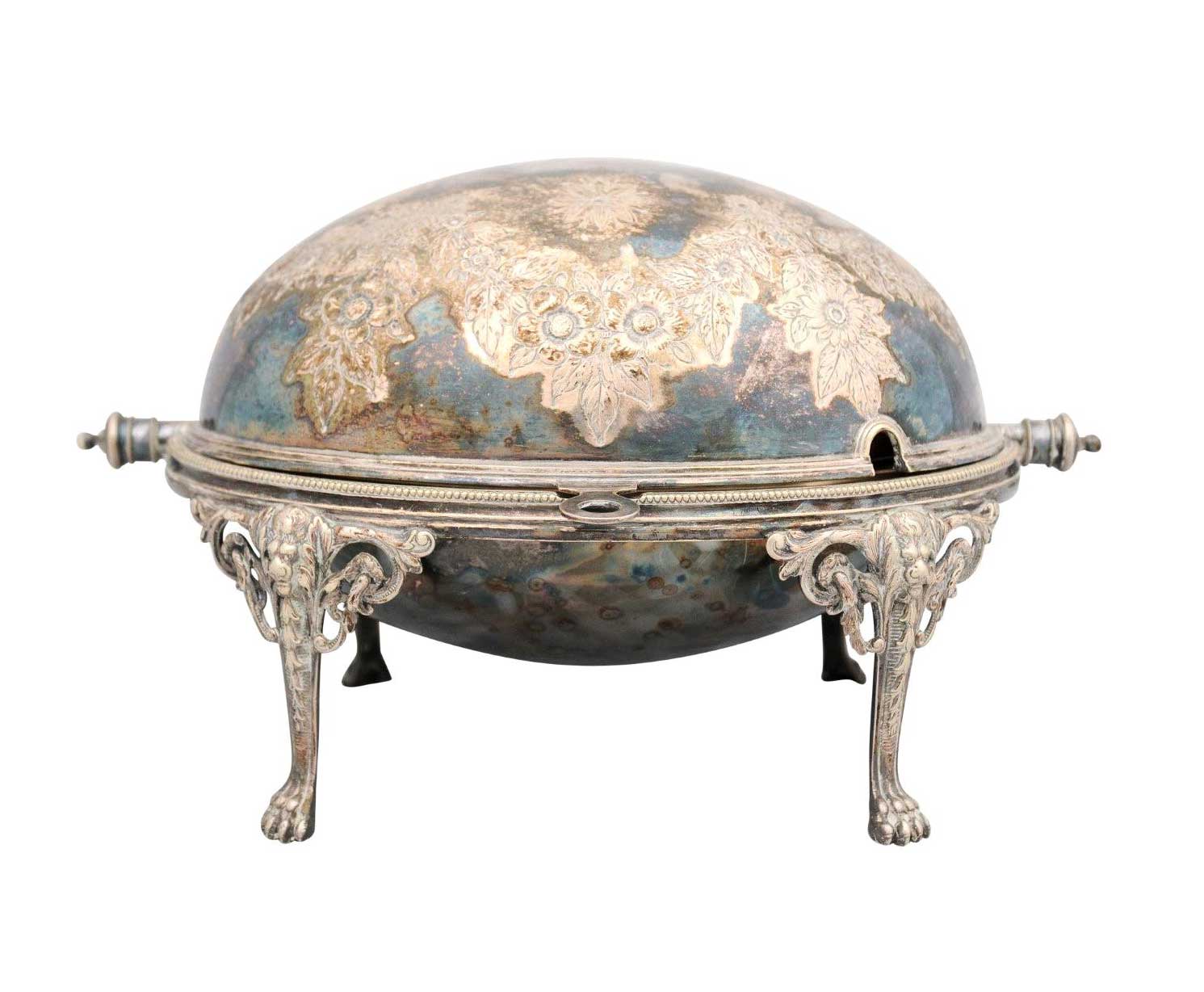Push plows useful in gardening, exercise
May 2023
Michelle Knows Antiques
Push plows useful in gardening, exercise
by Michelle Staley
It’s May
It’s May, it’s May, the lovely month of May. The last frost date in Kansas is considered to be Mother’s Day. This is the magic date when one can safely get your vegetable plants and annual flowers in the ground without fear of frost wiping everything out. It is an exciting time for those who have gardens. Months have been dedicated to poring over seed and plant catalogs, and the chosen items will be arriving soon.
Putting in and maintaining a vegetable garden is so much easier now than it was in days gone by due in large part to the gas or electric tiller. If you go to an Amish community, you will see them working the fields with large workhorses and push plows. Using this method, the farmer has a long strap tied to the bridle of each horse and it is looped across the upper body of the farmer. This is used in the same manner as riding reins, to direct or steer the horses, the farmer is holding onto the plow. This is probably not the safest way to ready a garden, but you work with what you have. To be honest, the gas or electric tiller can get away from you at times.
We have two push plows. The yellow Lambert plow belonged to my husband’s paternal grandfather and the brown cast iron plow belonged to one of Lenexa’s original Belgian truck farming families, it has got to be closing in on 100 years old. We use the brown one to go in between the rows of vegetables once they have developed a hardy root system as the push plow is less likely to damage the roots. If you farm or have a sizable home garden, you can cancel your gym membership for a few months. Between preparing the soil, planting, weeding with a plow, and finally harvesting, you are getting cardio, core, legs, and upper body on a daily basis throughout the growing season.
You can still purchase push plows or cultivators. Lehman’s sells them for less than $150. The Lambert plow with one additional attachment has a value of $175. The older cast metal plow with decorative handles and an attachment has a value of $225.
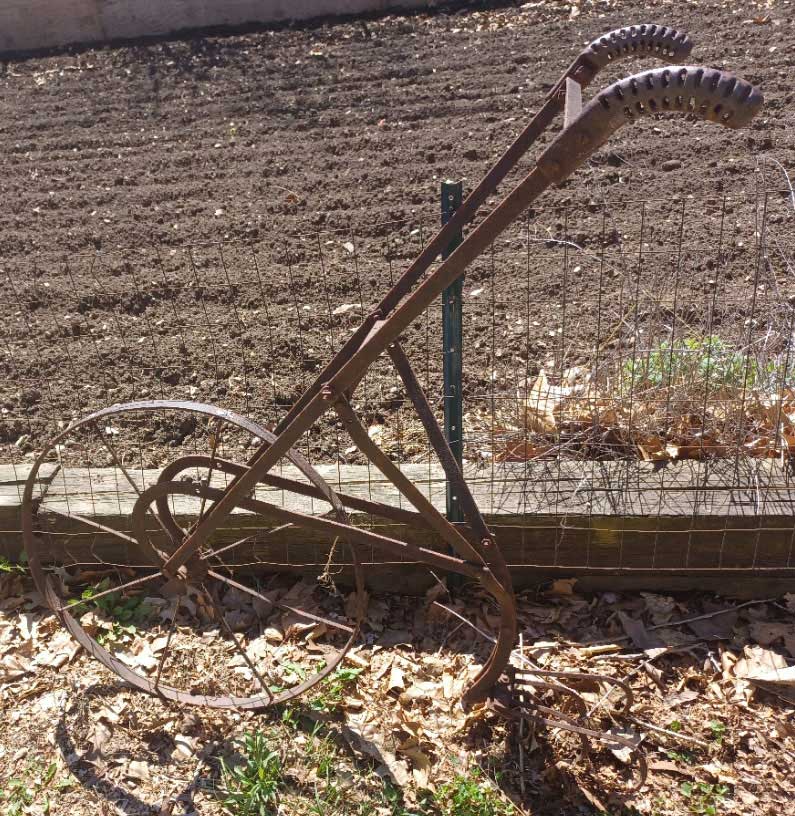
A Lambert push plow
A Lambert push plow. (Image courtesy of the author)
Somewhere we have two additional attachments for it. The price also includes the provenance as we know how long it has been around and in use as well as the family who owned it.
If you have a home garden or large farm, we would love to know what you grow and whether you use a push plow/cultivator or a tiller.
Question
My husband bought this beautiful cabinet and was told that it had been used by an insurance company to hold policies and other paperwork. The seller said it dates to the late 1800s or early 1900s. It measures 7ft tall, 6ft wide, and 15 1/2 inches deep. It has 96 cubby holes with removable fronts. It is extremely heavy. I am curious about the value and what type of wood was used to create the tiger stripe look. Thank you.
Answer
This is an amazing piece of furniture. Since the seller had so much information, I am going to go out on a limb and state that the seller must have had a family member who used this piece in their business. The tiger stripe look is often seen in quarter-sawn wood and most often in maple and oak. Quartersawn wood is literally cut into quarters before it is run through the mill. The wood is sliced with the grain largely perpendicular to the face. The widest lumber is taken from the center of each of the four quarters. It’s a way of aligning the grain into a tighter pattern overall. The wood is extremely durable and the milling causes a lot less waste than other methods of milling wood.
I noticed that a few of the face plates are missing. These are easy to find and age to look like the others. The resale price on this beautiful piece is $3,000 to $3,500 with an insurance replacement value of $5,000.
Thank you for sharing this wonderful find.
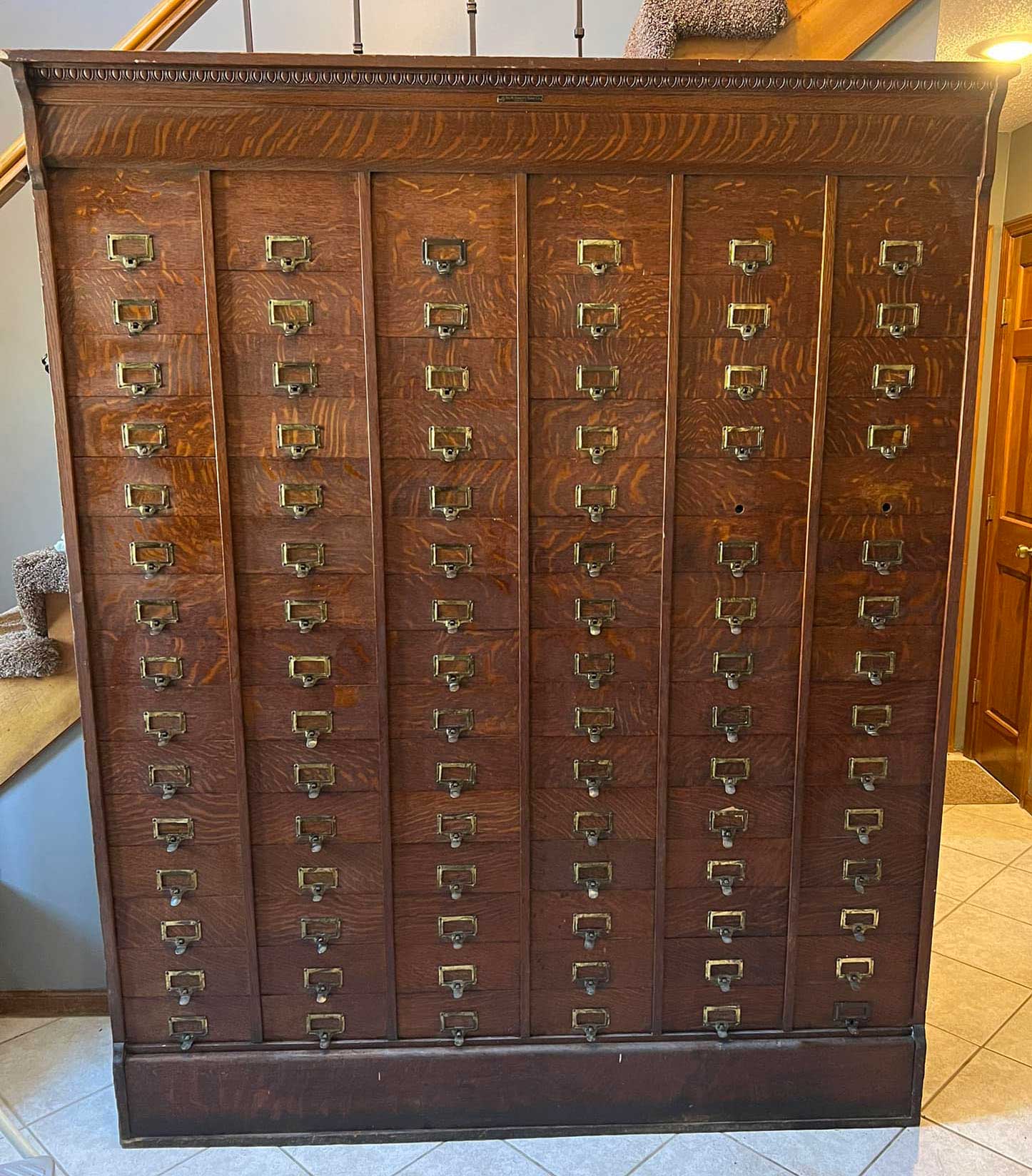
Front of a quartersawn cabinet
Front of a quartersawn cabinet. (Image courtesy of the author)
*All prices given are for sale in a private sale, antique shop, or other resale outlets. Price is also dependent upon the geographic area in which you are selling. Auction value, selling to a dealer or pawn shop prices are about ½ or less of resale value.
Michelle Staley is a Lenexa, KS-based dealer and researcher with 35 years of experience in the antique trade.
Send questions with photos to Michelle at michelle@discovervintage.com or TXSmichelle@gmail.com. Please keep queries to one question; questions without photos of the item may not be answered. There is no guarantee that your question will be answered or published.
Michelle is also available for consulting and extensive research work beyond this column. If you would like an appraisal on an antique or collectible please go to www.michellesantiqueappraisals.com for a one-on-one appraisal. Please note new web address.


